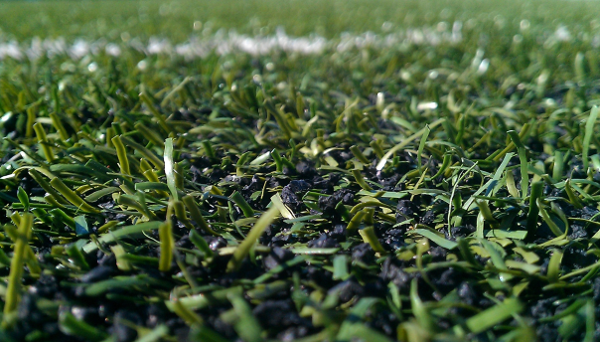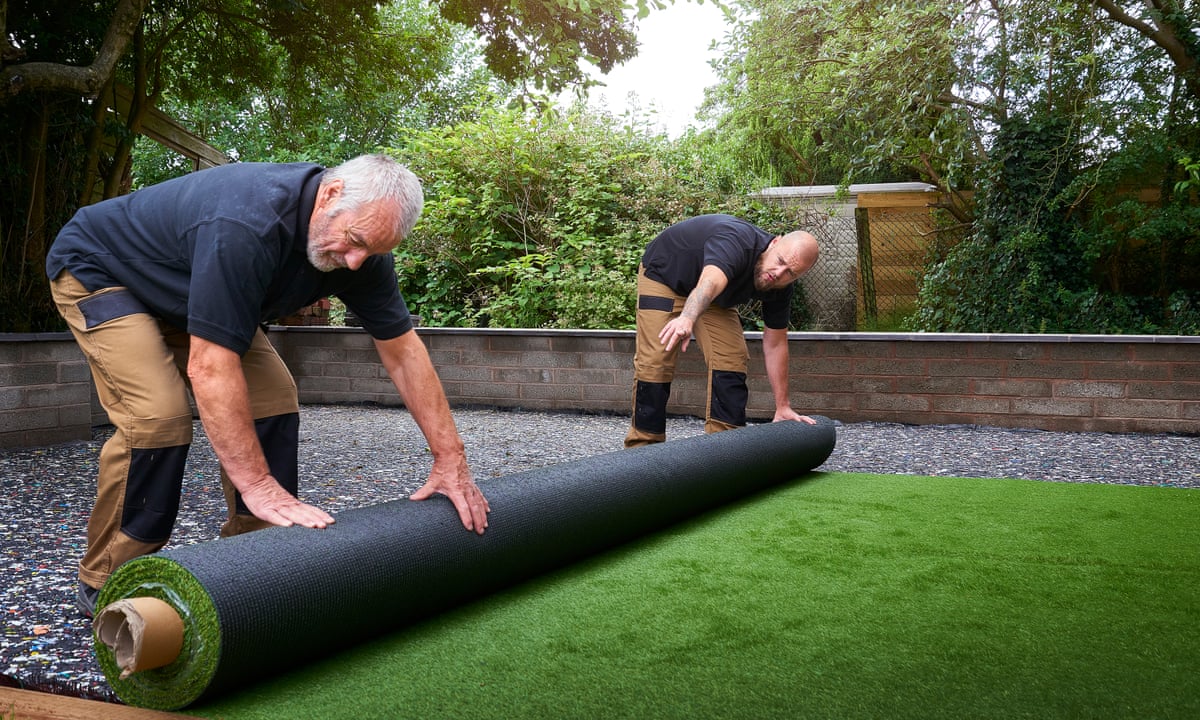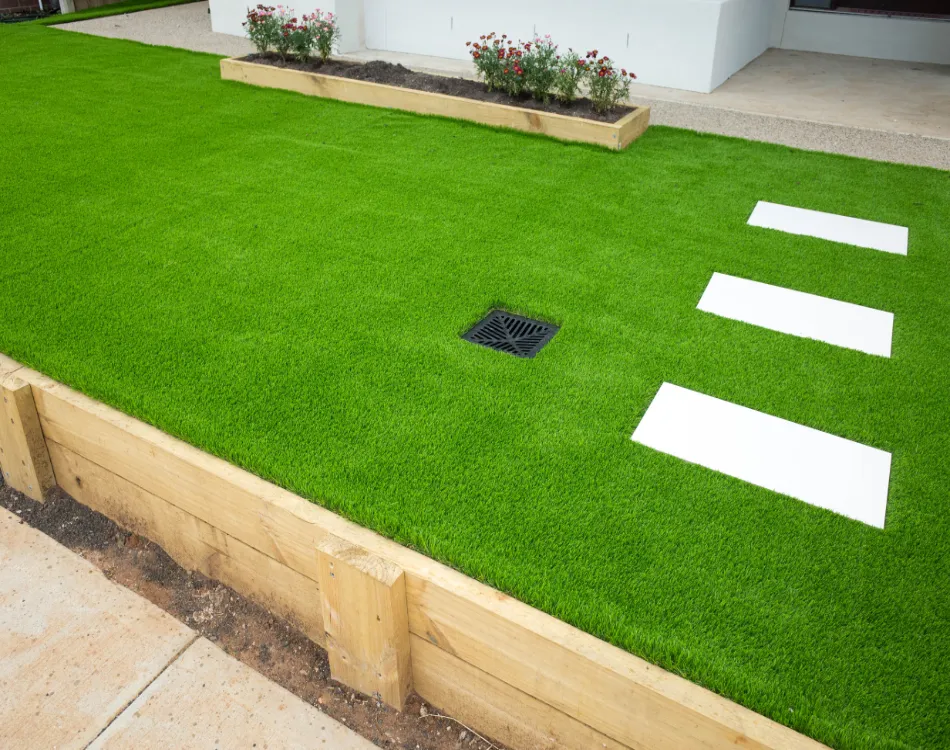Look Into the Environmental Conveniences of Opting for Artificial Lawn Solutions
The fostering of synthetic grass options presents an engaging possibility to deal with pushing environmental challenges. By significantly lowering water usage and decreasing the application of damaging chemicals, these alternatives not just promote sustainable landscape design however additionally protect local ecosystems. The reduced carbon footprint linked with reduced upkeep activities adds to a much more sustainable technique to land management. Nonetheless, the implications of these benefits prolong past mere preservation efforts, increasing questions regarding their long-lasting influence on environment preservation and general eco-friendly equilibrium. Checking out these measurements reveals a complicated interaction worth considering.
Water Preservation Conveniences
One of the most significant benefits of fabricated grass is its ability to preserve water. In comparison, synthetic turf does not require watering, substantially decreasing the overall need for water resources.
By removing the requirement for normal watering, synthetic lawn contributes to lasting landscape practices and aids reduce the ecological influence of extreme water consumption. The conservation of water prolongs to the decrease of drainage, which can lead to soil erosion and river pollution.
Furthermore, the installment of artificial turf enables house owners and municipalities to assign water sources extra efficiently, concentrating on necessary usages such as alcohol consumption water and farming. The change in the direction of synthetic grass not only advertises accountable water use yet additionally aligns with broader environmental goals targeted at maintaining all-natural sources.
As areas increasingly prioritize sustainability, the water conservation benefits of synthetic grass present a compelling case for its adoption in industrial and domestic landscaping jobs.
Decreased Chemical Usage
The transition to synthetic grass considerably reduces the reliance on chemical treatments commonly used in all-natural yard upkeep. Typical lawn monitoring commonly entails the application of herbicides, pesticides, and fertilizers to advertise growth and control pests. These chemicals can pose threats to human health and wellness, local wildlife, and the setting, adding to soil and water contamination.
In contrast, artificial grass removes the requirement for these harmful compounds. By minimizing the release of artificial compounds right into the community, fabricated turf advertises much healthier soil and water systems.
Additionally, the absence of chemical drainage linked with synthetic grass setups helps protect regional waterways from air pollution, sustaining water life and keeping biodiversity. Turf installation phoenix az. As neighborhoods significantly focus on lasting techniques, selecting synthetic grass presents a feasible remedy that aligns with environmental conservation goals. With this change, residential or commercial property proprietors can enjoy lush eco-friendly areas without endangering eco-friendly health, paving the method for a more sustainable future
Lower Carbon Footprint

Additionally, the setup of artificial turf can lead to considerable water preservation. All-natural grass require considerable amounts of water for irrigation, which not only adds to the carbon footprint connected with water removal and therapy yet additionally pressures neighborhood water sources. On the other hand, artificial turf needs minimal maintenance, requiring no watering, consequently substantially minimizing water use and its connected power expenses.
Furthermore, the durability of man-made grass adds to its reduced carbon impact. With a lifespan of up to 15 years or even more, the demand for constant substitutes is decreased, leading to less waste and lower power consumption in production and taking care of standard yard options. On the whole, fabricated lawn provides a sustainable option for environmentally aware landscape design.
Habitat Preservation
Environment preservation is a vital consideration in the discussion over landscape design options, particularly when contrasting synthetic grass to all-natural lawn. Natural yard lawns frequently require considerable maintenance, consisting of making use of pesticides, herbicides, and plant foods, which can negatively impact neighborhood communities. These chemicals can seep into the dirt and waterways, damaging native vegetation and fauna and interfering with see it here local environments.
Fabricated turf eliminates the need for hazardous chemicals, consequently securing neighboring wild animals and preserving the stability of bordering environments. The setup of man-made grass can lead to the conversion of former turf areas into more straight from the source biodiverse landscapes, such as pollinator yards or indigenous plant locations, which can support local wildlife.
Ultimately, the transition to synthetic turf not only preserves water and lowers upkeep initiatives however also fosters a more unified partnership between human activities and the natural surroundings, advertising habitat preservation at the same time.
Long-Term Sustainability
Lasting sustainability is a critical consider examining the advantages of fabricated turf over standard lawn yards. One of the most substantial advantages of man-made turf is its resilience; it can last up to 15-20 years with marginal maintenance, whereas all-natural lawn requires constant reseeding and replacement. This long life minimizes the need for consistent resources, such as water, plant foods, and pesticides, which are essential for keeping a healthy yard lawn.
In addition, synthetic grass contributes to a decrease in carbon emissions related to lawn care devices. Traditional grass frequently call for gas-powered mowers, leaners, learn the facts here now and blowers, every one of which add to air contamination. Arizona turf. On the other hand, synthetic grass removes the need for such devices, advertising a cleaner environment
Additionally, the manufacturing of synthetic grass significantly utilizes recycled materials, boosting its sustainability account. As producers embrace eco-friendly methods, the ecological impact of artificial grass proceeds to lessen.

Final Thought
The adoption of synthetic lawn options offers significant environmental benefits, including significant water preservation, reduced reliance on unsafe chemicals, and a lower carbon impact. Furthermore, synthetic lawn help in protecting all-natural habitats by lessening land disturbance and promoting long-lasting sustainability via the usage of resilient materials. Jointly, these factors highlight the possibility of synthetic grass to add positively to environmental wellness and offer a sensible alternative to standard landscape design practices in a progressively resource-conscious globe.
In comparison, artificial grass does not require watering, dramatically decreasing the general need for water resources. By reducing the launch of artificial substances right into the community, synthetic grass advertises much healthier dirt and water systems.
Furthermore, the installation of synthetic grass can result in considerable water preservation. In comparison, fabricated lawn requires marginal upkeep, calling for no watering, thereby significantly decreasing water usage and its connected energy costs.
